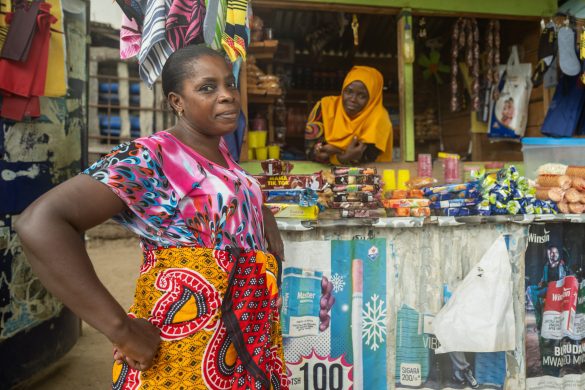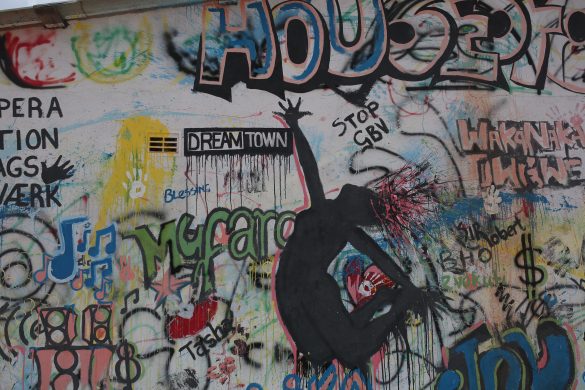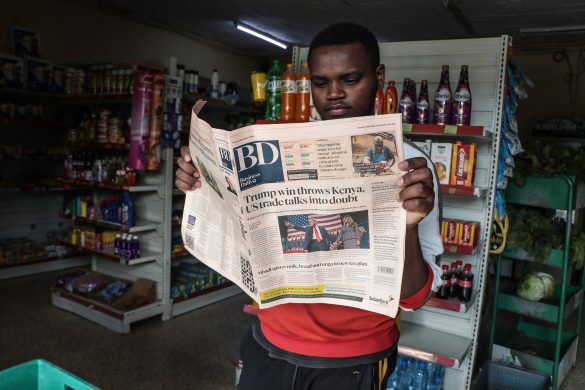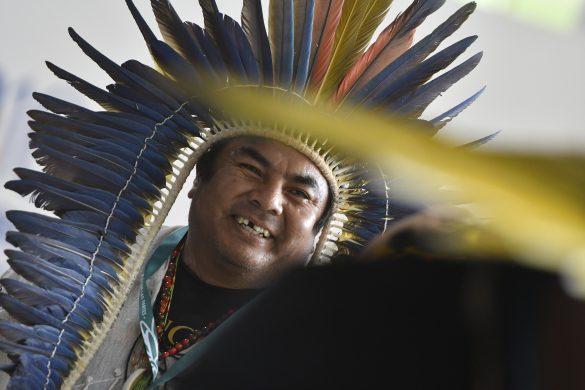Et kæmpe kinesisk finansieret dæmningsprojekt i Lower Omo Valley på grænsen mellem Etiopien og Kenya vil ifølge en ny rapport ændre og skade økosystemet i området fuldstændig og kan føre til alvorlig regional konflikt. Verdenbanken og andre har tidligere afvist at støtte projektet, fordi det vil ødelægge et område, som er klassificeret som verdensarv og er hjemsted for en halv million oprindelige folk.
BEIJING, January 14, 2013: China has made great efforts to support poverty reduction in Africa, and likes to present itself as a friend of the African people. But loans for contentious dam and irrigation projects now threaten to pull China into an explosive regional conflict between well-armed groups in Kenya, Ethiopia and South Sudan.
The Lower Omo Valley in south-west Ethiopia and Lake Turkana in Northern Kenya are marked by a harsh climate and unique, fragile ecosystems. They are home to 12 indigenous peoples, one of the largest remaining wildlife migrations, and some of the earliest remains of the human species.
The region is currently being transformed by one of Africa’s biggest and most controversial infrastructure ventures. Once completed, the Gibe III hydropower project will dam the Omo River to generate electricity with a capacity of 1,870 megawatts. It will also allow the irrigation of 2,450 square kilometres of sugar plantations, which are currently being developed on indigenous lands and in national parks.
Ny rapport dokumenter risiko for social- og miljømæssig katastrofe
The dam and irrigation projects have been debated for many years. Reports commissioned and prepared by the African Development Bank, International Rivers, the World Heritage Committee and the Ethiopian Wildlife Conservation Authority have documented their impacts on the fragile ecosystems of the Lower Omo River and Lake Turkana, the 500,000 indigenous people who depend on them, and the unique cultural heritage of this cradle of humankind.
A new scientific study published by the NGO International Rivers explores the social and environmental impacts of the project in detail, and examines the knock-on effects of the impending ecological crisis on the security of the volatile border region of Ethiopia, Kenya and South Sudan. The study confirms that Lake Turkana, the world’s largest desert lake, almost completely depends on the inflows from the Omo River, and that the lake’s unique ecosystems and fisheries are closely linked to the river’s annual flood cycle.














